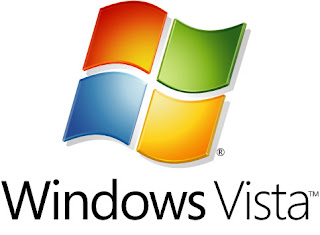
The following describes the Registry key that’s involved
Step 1.
While running a copy of Windows Vista that hasn’t yet been activated, click the Start button, type regedit into the Search box, then press Enter to launch the Registry Editor.
Step 2.
Explore down to the following Registry key:HKEY_LOCAL_MACHINE \ SOFTWARE \ Microsoft \ Windows NT \ CurrentVersion \ SL
Step 3.
Right-click the Registry key named SkipRearm and click Edit. The default is a Dword (a double word or 4 bytes) with a hex value of 00000000. Change this value to any positive integer, such as 00000001, save the change, and close the Registry Editor.
Step 4.
Start a command prompt with administrative rights. The fastest way to do this is to click the Start button, enter cmd in the Search box, then press Ctrl+Shift+Enter. If you’re asked for a network username and password, provide the ones that log you into your domain. You may be asked to approve a User Account Control prompt and to provide an administrator password.
Step 5.
Type one of the following two commands and press Enter:slmgr -rearmorrundll32 slc.dll,SLReArmWindowsEither command uses Vista’s built-in Software Licensing Manager (SLMGR) to push the activation deadline out to 30 days after the command is run. Changing SkipRearm from 0 to 1 allows SLMGR to do this an indefinite number of times. Running either command initializes the value of SkipRearm back to 0.
Step 6.
Reboot the PC to make the postponement take effect. (After you log in, if you like, you can open a command prompt and run the command slmgr -xpr to see Vista’s new expiration date and time.
Step 7.
To extend the activation deadline of Vista indefinitely, repeat steps 1 through 6 as necessary.
Comments
Post a Comment